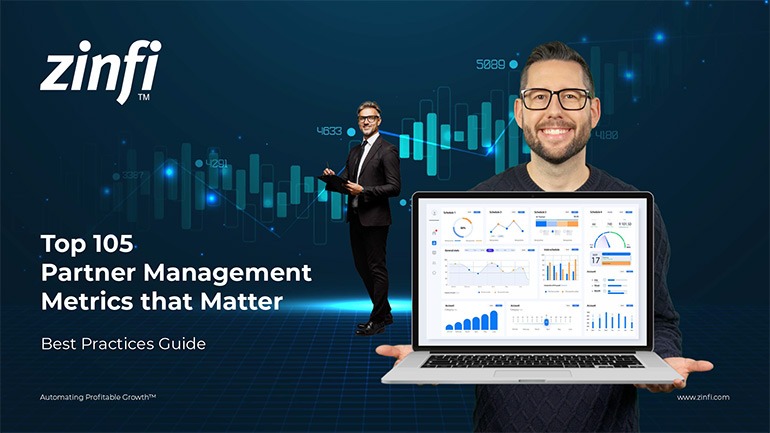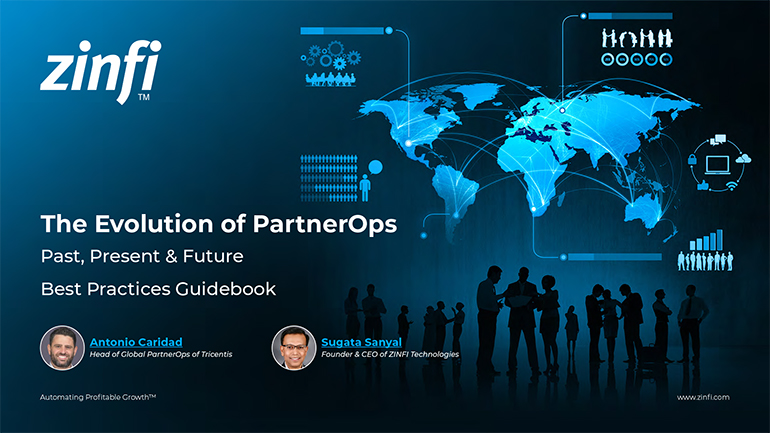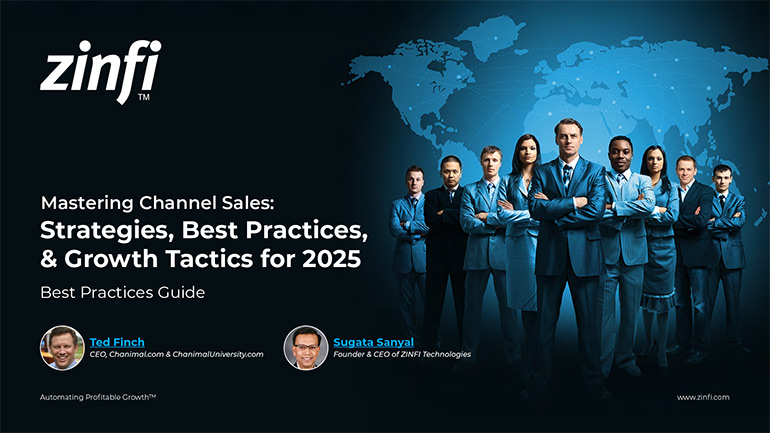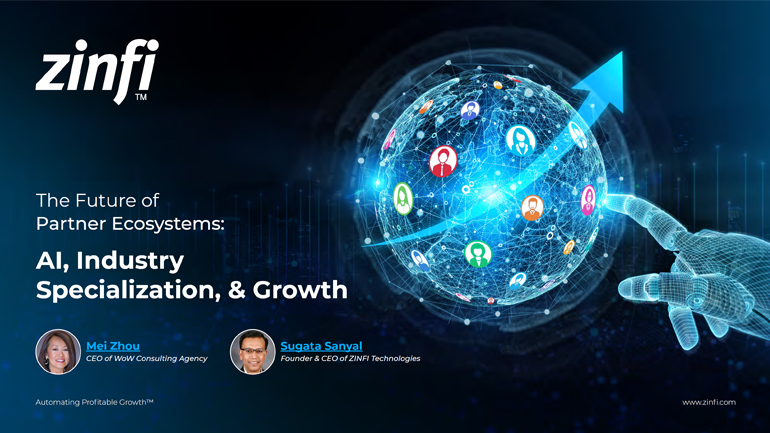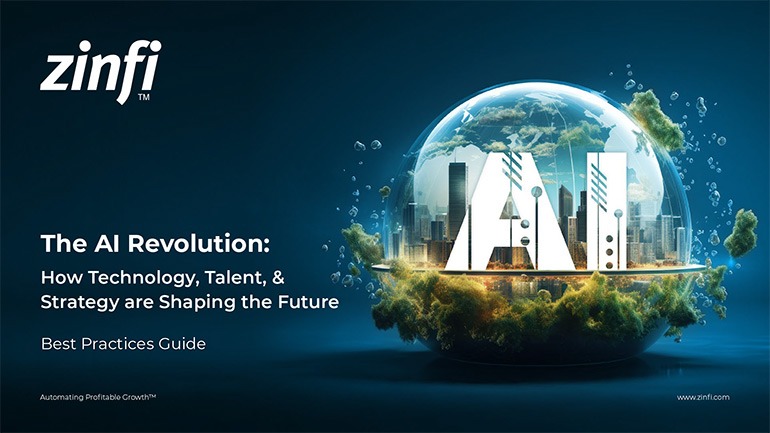Michelle Ragusa-McBain begins by looking back at the early days of the technology channel when companies like Cisco were defining what it meant to work with partners. At the time, value-added resellers (VARs) were the primary go-to-market route, and many vendors emphasized "partner-first" strategies. Michelle recounts how the Cisco ecosystem grew from its networking roots to encompass broader service offerings and solutions. She also shares a fascinating anecdote about the Internet’s origins, highlighting Cisco’s foundational role. As an early employee at Cisco, Michelle had a front-row seat to how infrastructure development created ripple effects that shaped the entire channel ecosystem.
As the industry matured, partner expectations and business models evolved. VARs transitioned into Managed Service Providers (MSPs) and later into Managed Security Service Providers (MSSPs), responding to changes in how customers consumed technology. Subscription and consumption-based revenue models started to dominate, driven by shifts in customer behavior and accelerated by digital transformation. Vendors were forced to become more agile, offering new support and enablement to maintain loyalty and performance. This period also saw the emergence of specialized partners, such as ISVs and integrators, who played crucial roles in multi-vendor deals. Michelle points out that partnerships became more about orchestration than linear sales.
Notably, the conversation emphasizes the rise of cybersecurity and AI as ecosystem drivers. Michelle articulates how cybersecurity has become central to every organization, regardless of industry. As cloud adoption grew, so did the need to protect vast amounts of digital information. Meanwhile, AI has moved from buzzword to operational necessity—reshaping everything from go-to-market strategies to partner enablement. The channel transformed into a dynamic ecosystem where multiple stakeholders collaborate. These changes laid the foundation for a more diverse, interconnected ecosystem that vendors must navigate to stay competitive and innovative.


